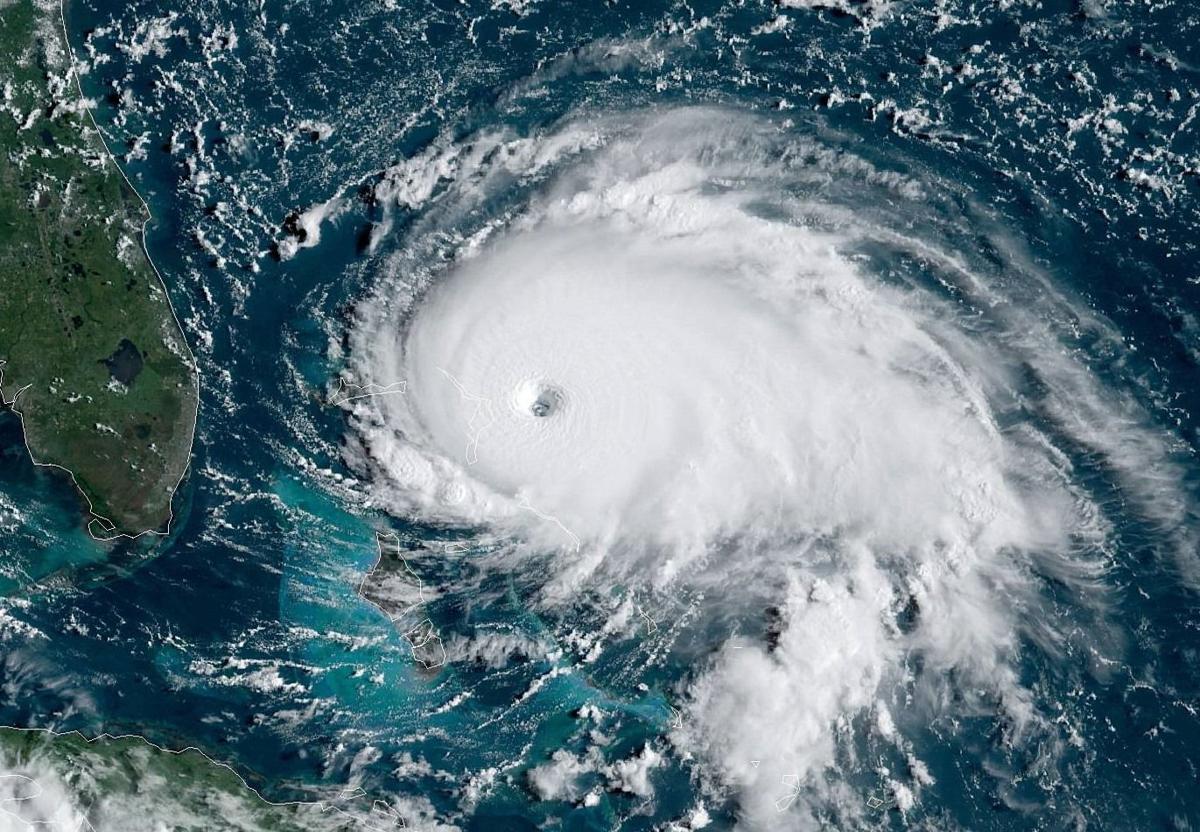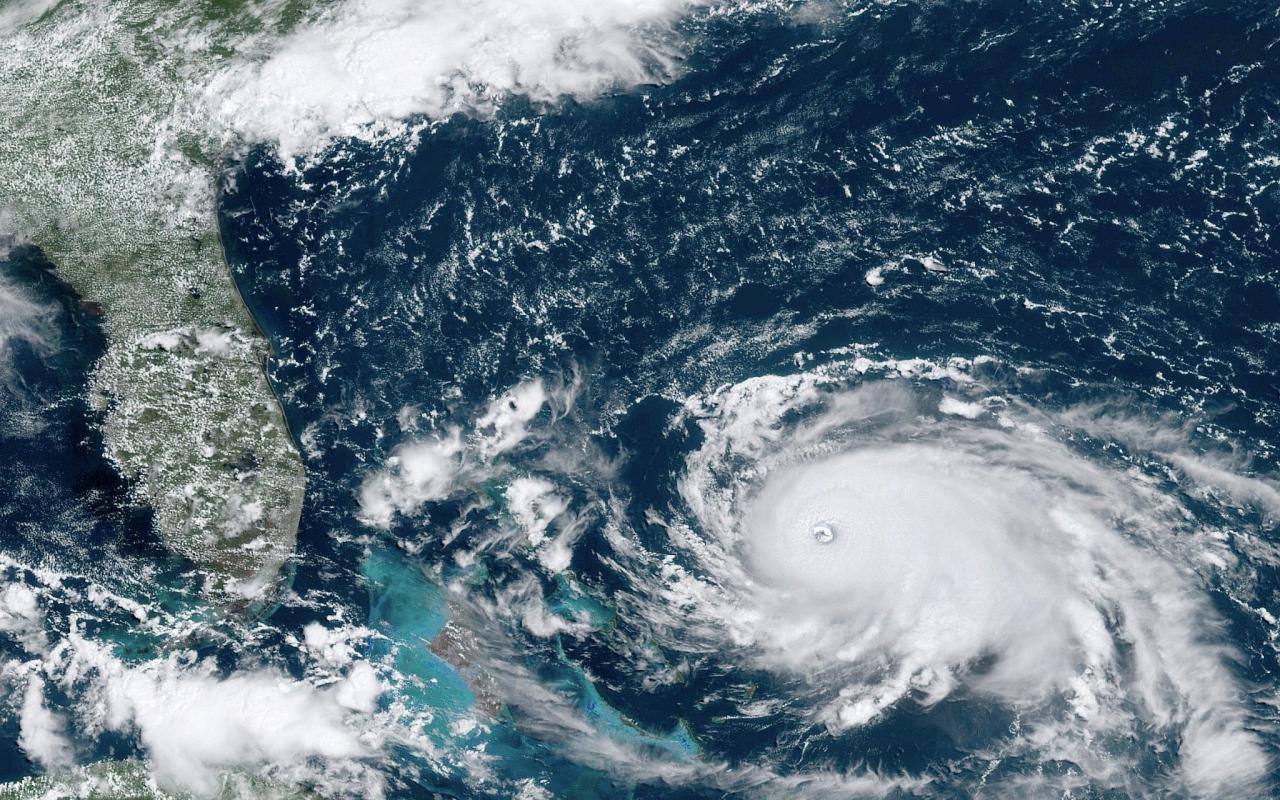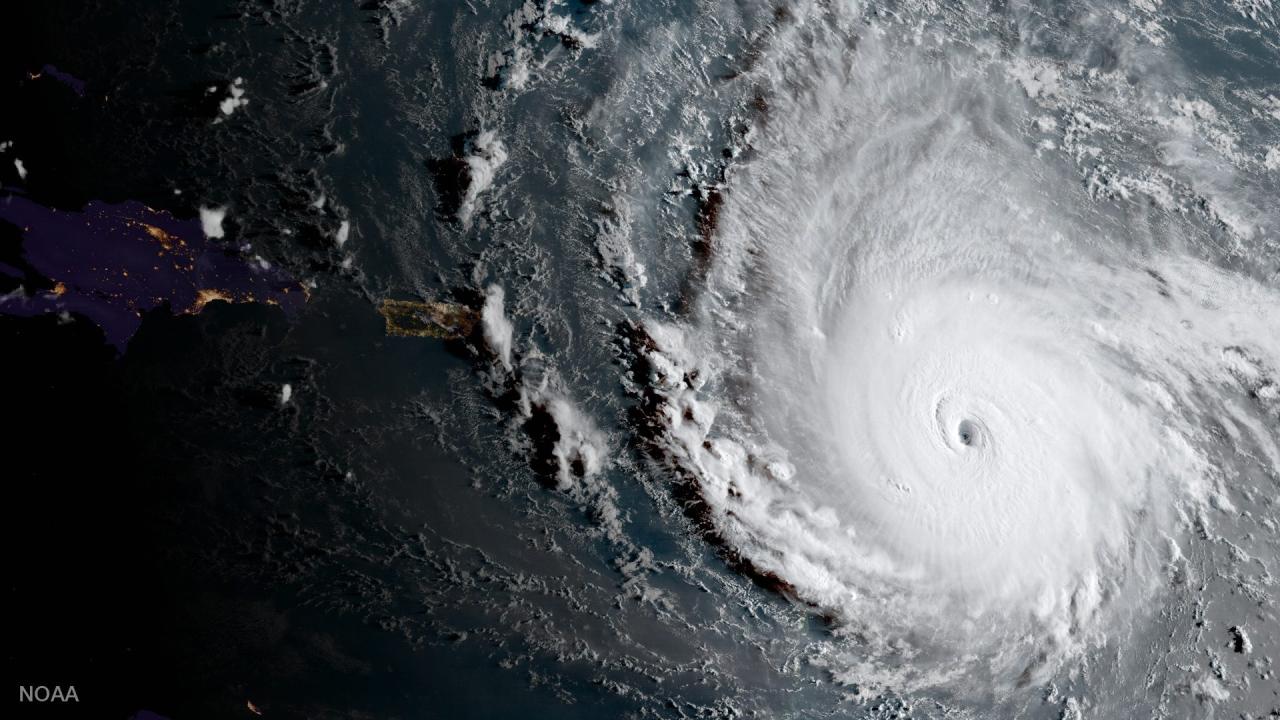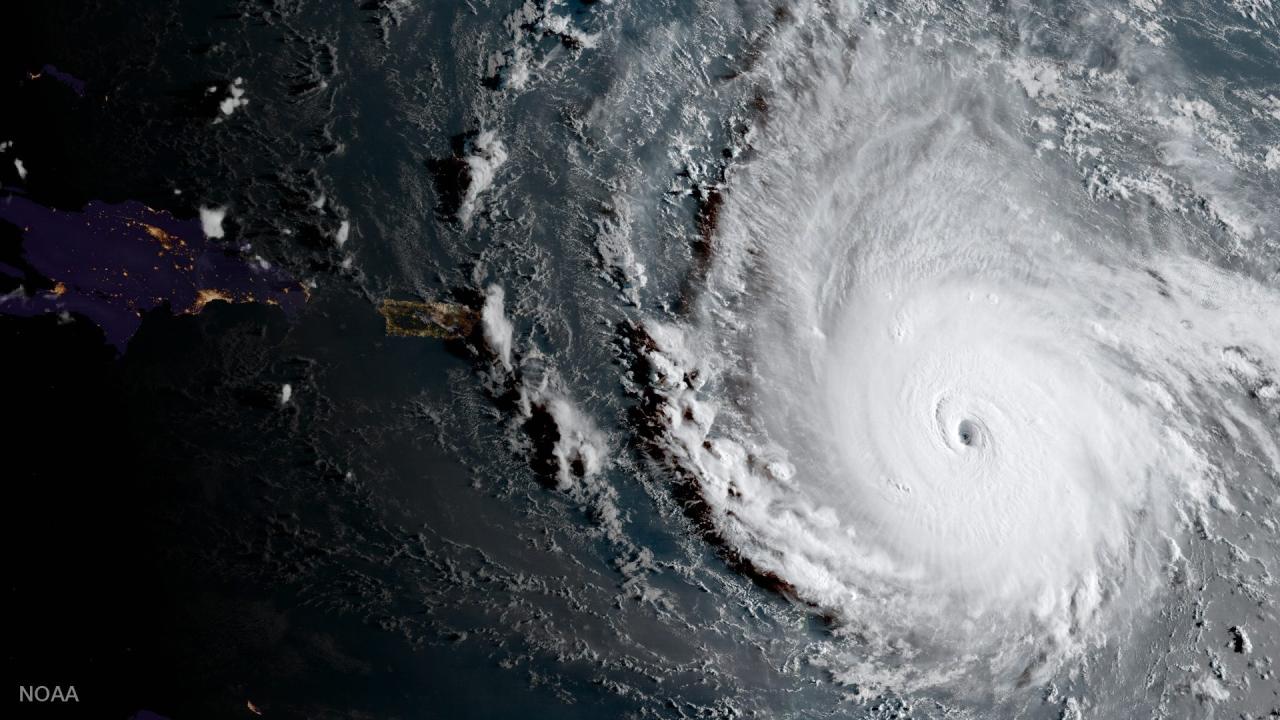The NOAA Hurricane Center, the cornerstone of hurricane preparedness, stands as a beacon of vigilance against the wrath of nature’s storms. Its mission is clear: to protect lives and property from the devastating impacts of hurricanes through accurate forecasting, timely warnings, and comprehensive preparedness guidance.
Established in 1965, the NOAA Hurricane Center has evolved into a global leader in hurricane science, leveraging cutting-edge technologies and expertise to safeguard coastal communities. Its dedicated team of meteorologists, oceanographers, and emergency managers work tirelessly to provide the most reliable hurricane forecasts and warnings, enabling proactive measures to minimize risks.
NOAA Hurricane Center Overview

The National Oceanic and Atmospheric Administration’s (NOAA) Hurricane Center is the primary source of hurricane information for the United States. It is responsible for monitoring and forecasting hurricanes in the Atlantic and Eastern Pacific Oceans, as well as providing warnings and advisories to the public.
The Hurricane Center was established in 1965 as the National Hurricane Center. It was renamed the NOAA Hurricane Center in 1970. The center is located in Miami, Florida, and is staffed by a team of meteorologists, oceanographers, and other scientists.
Mission and Responsibilities
The Hurricane Center’s mission is to protect life and property from hurricanes. It does this by:
- Monitoring hurricanes and issuing warnings and advisories
- Conducting research on hurricanes
- Educating the public about hurricanes
Services
The Hurricane Center provides a variety of services to the public, including:
- Hurricane forecasts and warnings
- Tropical cyclone outlooks
- Tropical cyclone discussions
- Hurricane preparedness information
The Hurricane Center also provides support to emergency managers and other government officials. It works with the National Weather Service to issue hurricane warnings and advisories, and it provides technical assistance to state and local emergency management agencies.
Hurricane Forecasting and Tracking: Noaa Hurricane

The NOAA Hurricane Center (NHC) is responsible for forecasting and tracking hurricanes in the Atlantic and Eastern Pacific basins. The NHC uses a variety of methods and technologies to forecast and track hurricanes, including:
- Numerical weather prediction (NWP) models:NWP models are computer programs that use mathematical equations to simulate the atmosphere and predict future weather conditions. The NHC uses several different NWP models to forecast hurricanes, including the GFS, HWRF, and Hurricane Weather Research and Forecasting (HWRF) models.
- Satellite imagery:Satellite imagery provides valuable information about the structure and intensity of hurricanes. The NHC uses satellite imagery to track the movement of hurricanes and to estimate their wind speeds.
- Aircraft reconnaissance:Aircraft reconnaissance missions are flown into hurricanes to collect data on their structure and intensity. The data collected by aircraft reconnaissance missions is used to improve the accuracy of hurricane forecasts.
- Buoy data:Buoys are placed in the ocean to collect data on wave height, wind speed, and atmospheric pressure. The data collected by buoys is used to track the movement of hurricanes and to estimate their intensity.
The NHC uses all of these methods and technologies to forecast and track hurricanes. The NHC’s forecasts are generally very accurate, and they have helped to save many lives and property.
Notable Hurricanes, Noaa hurricane
The NHC has been responsible for forecasting and tracking some of the most notable hurricanes in history, including:
- Hurricane Katrina:Hurricane Katrina was a Category 5 hurricane that made landfall in Louisiana in 2005. Katrina was one of the most destructive hurricanes in U.S. history, causing an estimated $160 billion in damage and killing more than 1,800 people.
- Hurricane Sandy:Hurricane Sandy was a Category 3 hurricane that made landfall in New Jersey in 2012. Sandy was one of the largest hurricanes on record, and it caused an estimated $75 billion in damage and killed more than 280 people.
- Hurricane Irma:Hurricane Irma was a Category 5 hurricane that made landfall in Florida in 2017. Irma was one of the most powerful hurricanes on record, and it caused an estimated $65 billion in damage and killed more than 100 people.
The NHC’s forecasts for these hurricanes were generally very accurate, and they helped to save many lives and property.
Hurricane Impacts and Preparedness

Hurricanes, among the most destructive forces of nature, can cause widespread devastation and pose significant threats to life and property. Understanding their potential impacts and implementing effective preparedness measures are crucial for mitigating risks and ensuring community resilience.
Coastal Flooding and Storm Surge
Hurricanes bring torrential rainfall, leading to severe coastal flooding. Storm surge, a wall of water pushed ashore by hurricane winds, can inundate coastal areas, causing catastrophic damage to infrastructure, homes, and businesses.
Wind Damage
Hurricanes generate powerful winds that can cause extensive damage to structures, trees, and power lines. High winds can topple buildings, rip off roofs, and uproot trees, creating hazardous conditions and disrupting essential services.
Hurricane Preparedness
Hurricane preparedness is essential for minimizing the impacts of these storms. Communities and individuals must develop and implement comprehensive preparedness plans that include:
- Evacuation plans to identify safe evacuation routes and shelters
- Emergency supplies kits with food, water, first aid, and essential medications
- Securing property by boarding up windows and reinforcing roofs
- Staying informed through official weather sources and emergency alerts
- Collaborating with local authorities and emergency responders
By taking proactive steps and adhering to preparedness guidelines, communities and individuals can significantly reduce the risks associated with hurricanes and ensure a more resilient response to these natural disasters.
Final Wrap-Up
As the NOAA Hurricane Center continues to refine its forecasting capabilities and enhance preparedness strategies, it remains an indispensable resource for coastal communities. By embracing innovation and fostering collaboration, the center empowers individuals and organizations to face hurricanes with greater resilience, safeguarding lives and livelihoods.
Answers to Common Questions
What is the mission of the NOAA Hurricane Center?
To protect lives and property from hurricanes through accurate forecasting, timely warnings, and comprehensive preparedness guidance.
How does the NOAA Hurricane Center forecast hurricanes?
The center uses a combination of observations, computer models, and expert analysis to predict hurricane tracks and intensities.
What are the potential impacts of hurricanes?
Hurricanes can cause coastal flooding, storm surge, wind damage, and other hazardous conditions.

